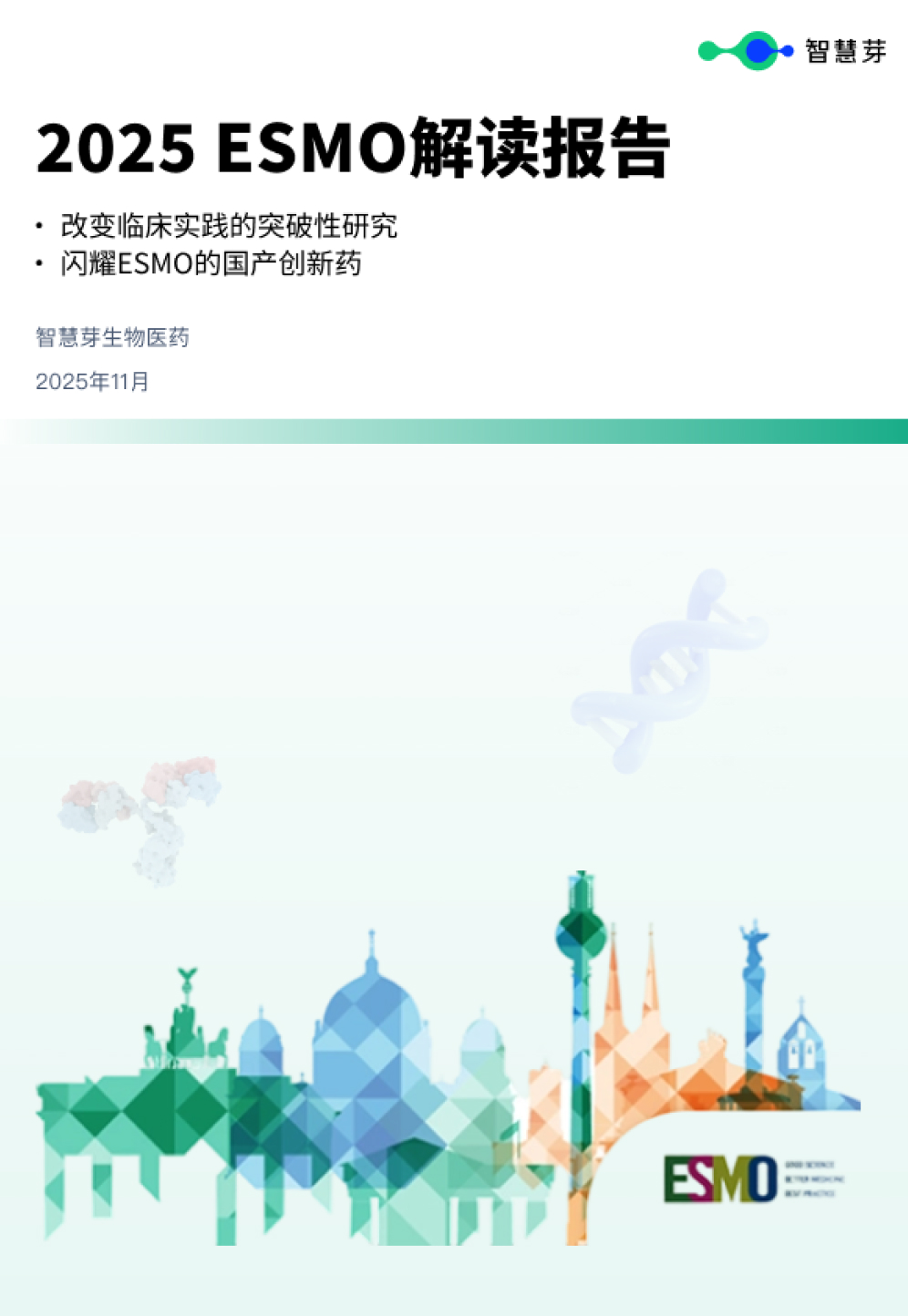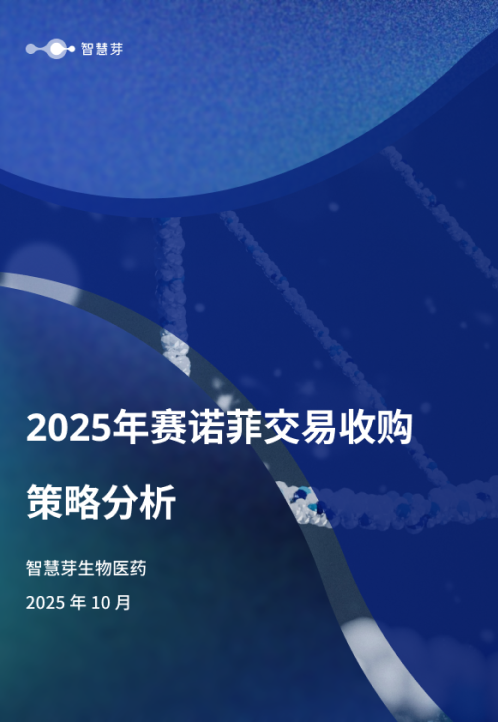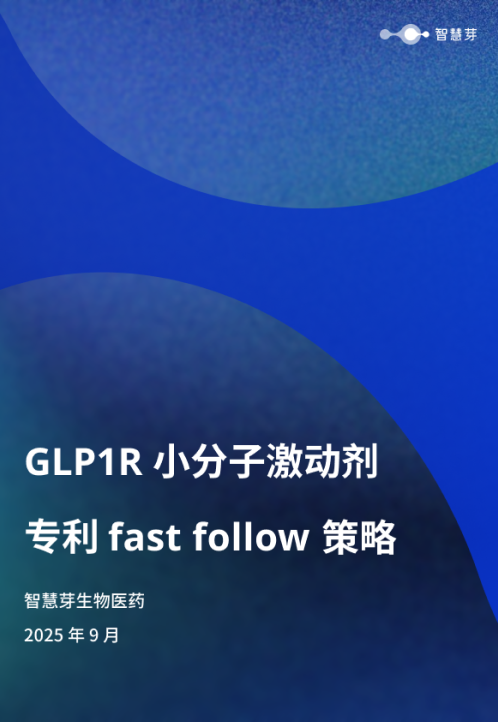预约演示
Takeda's 2023 Fiscal Year: Navigating Challenges and Embracing Transformation
并购细胞疗法免疫疗法上市批准
According to Takeda's 2023 fiscal year business report, the company's annual total revenue reached 4,263.8 billion yen, an increase of 5.9% year-over-year. However, net profit declined by 54.6% to 144.1 billion yen. This decline was primarily attributed to the loss of exclusivity for Azilva (a hypertension drug) and Vyvanse (used to treat ADHD and binge eating disorder), as well as the failed development of Alofisel (a stem cell therapy for Crohn's disease) and Exkivity (a lung cancer tyrosine kinase inhibitor).
Faced with these challenges, Takeda has announced a corporate restructuring to improve profitability in the coming years. The company expects to incur a one-time restructuring cost of 140 billion yen (around $9 billion) in 2024. Takeda stated that the restructuring measures will involve employee optimization, cost-cutting, and pipeline adjustments, with the goal of increasing the core profit margin by 1% to 2.5% annually, ultimately reaching a level of 30%.
As part of the pipeline adjustments, Takeda has discontinued a total of 18 products, including several cancer treatment products such as Exkivity (lung cancer), TAK-981 (cancer therapy), TAK-007 (cell therapy), TAK-573 (multiple myeloma and solid tumors), TAK-102/TAK-103 (solid tumors), and TAK-940 (multiple myeloma).
Following the restructuring, Takeda plans to fill the gaps by introducing high-quality products. Orserdulatinib, a third-generation oral BCR-ABL tyrosine kinase inhibitorBCR-ABL tyrosine kinase inhibitor already approved in China, has been selected as an acquisition target. The drug is used to treat chronic myeloid leukemia with the T315I mutation and patients who are resistant and/or intolerant to first- and second-generation TKIs. According to a report by Asieris Pharmaceuticals, the cumulative sales of orserdulatinib have already exceeded 300 million RMB, and its sales growth has been significant after being covered by medical insurance, indicating its vast market potential.
On the other hand, AbbVie's acquisition strategy has been focused on its strengths in the immunology field. Humira, once the world's best-selling drug, has ceded its "drug king" status to Merck's Keytruda (pembrolizumab) due to patent expiration and biosimilar competition. Analysts note that pharmaceutical companies need to adjust their strategies in a timely manner to address the rise of new "drug kings" and the challenges posed by upcoming patent expirations.
Currently, the acquisition of biotech companies to supplement product pipelines has become a common strategy among multinational pharmaceutical companies. While ensuring alignment with their own strategic goals, these companies conduct in-depth assessments of biotech companies' pipeline assets and innovation value to optimize their industrial layouts. Analysts emphasize that for large multinational pharmaceutical companies, acquiring "external innovation" through mergers and licensing is just as critical as "internal R&D." Approximately one-third of global innovative drug revenue comes from internal R&D, while two-thirds comes from mergers and collaborations. However, some companies' reliance on external innovation is significantly higher than the average, reaching 60% to 70%.
Analysts further note that since 2023, innovative products from China have frequently appeared in transactions involving multinational pharmaceutical companies, indicating that domestic Chinese pharmaceutical companies and their products are gradually gaining international recognition, a positive sign.
更多内容,请访问原始网站
文中所述内容并不反映新药情报库及其所属公司任何意见及观点,如有版权侵扰或错误之处,请及时联系我们,我们会在24小时内配合处理。
靶点
生物医药百科问答
全新生物医药AI Agent 覆盖科研全链路,让突破性发现快人一步
立即开始免费试用!
智慧芽新药情报库是智慧芽专为生命科学人士构建的基于AI的创新药情报平台,助您全方位提升您的研发与决策效率。
立即开始数据试用!
智慧芽新药库数据也通过智慧芽数据服务平台,以API或者数据包形式对外开放,助您更加充分利用智慧芽新药情报信息。





